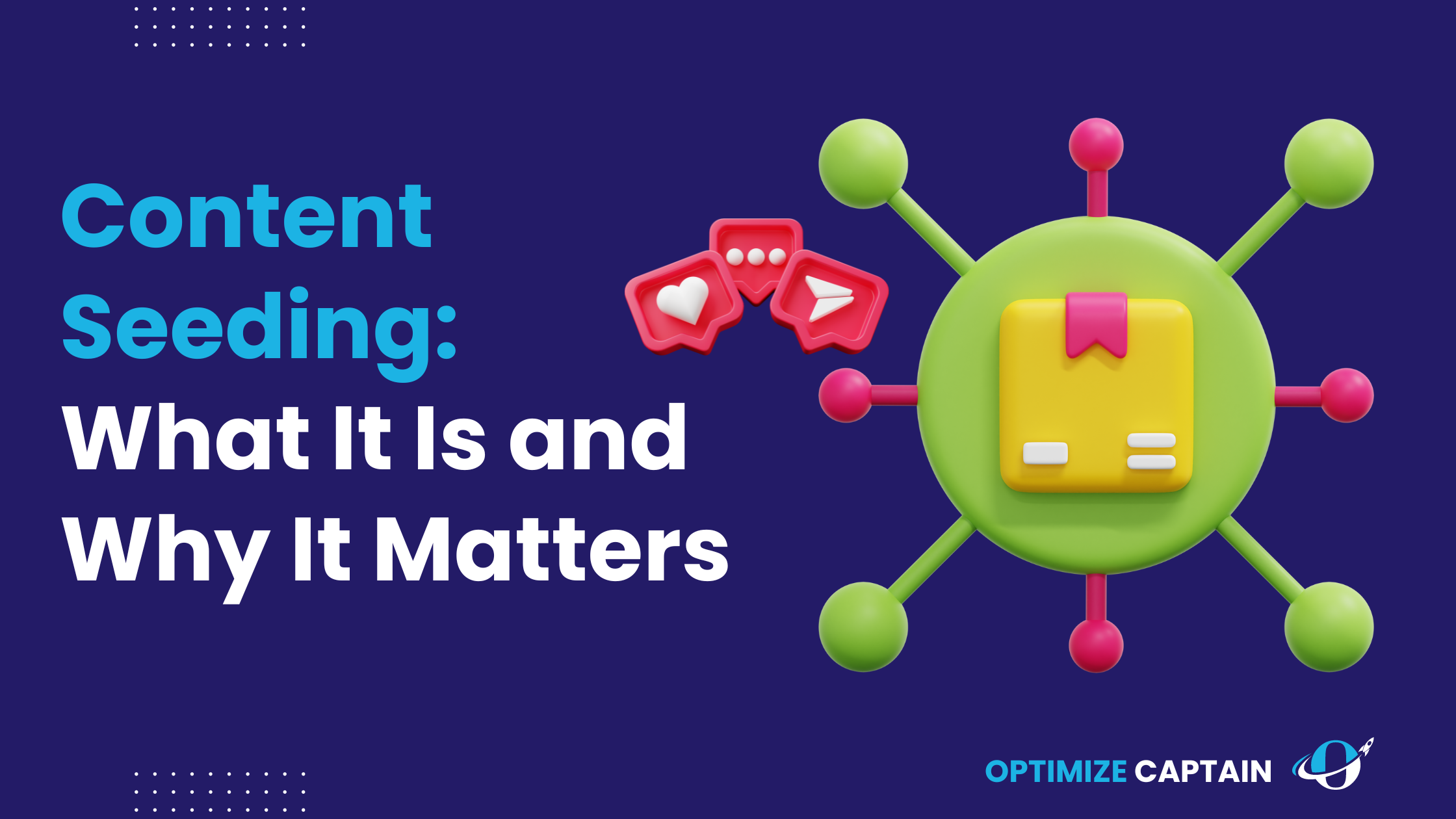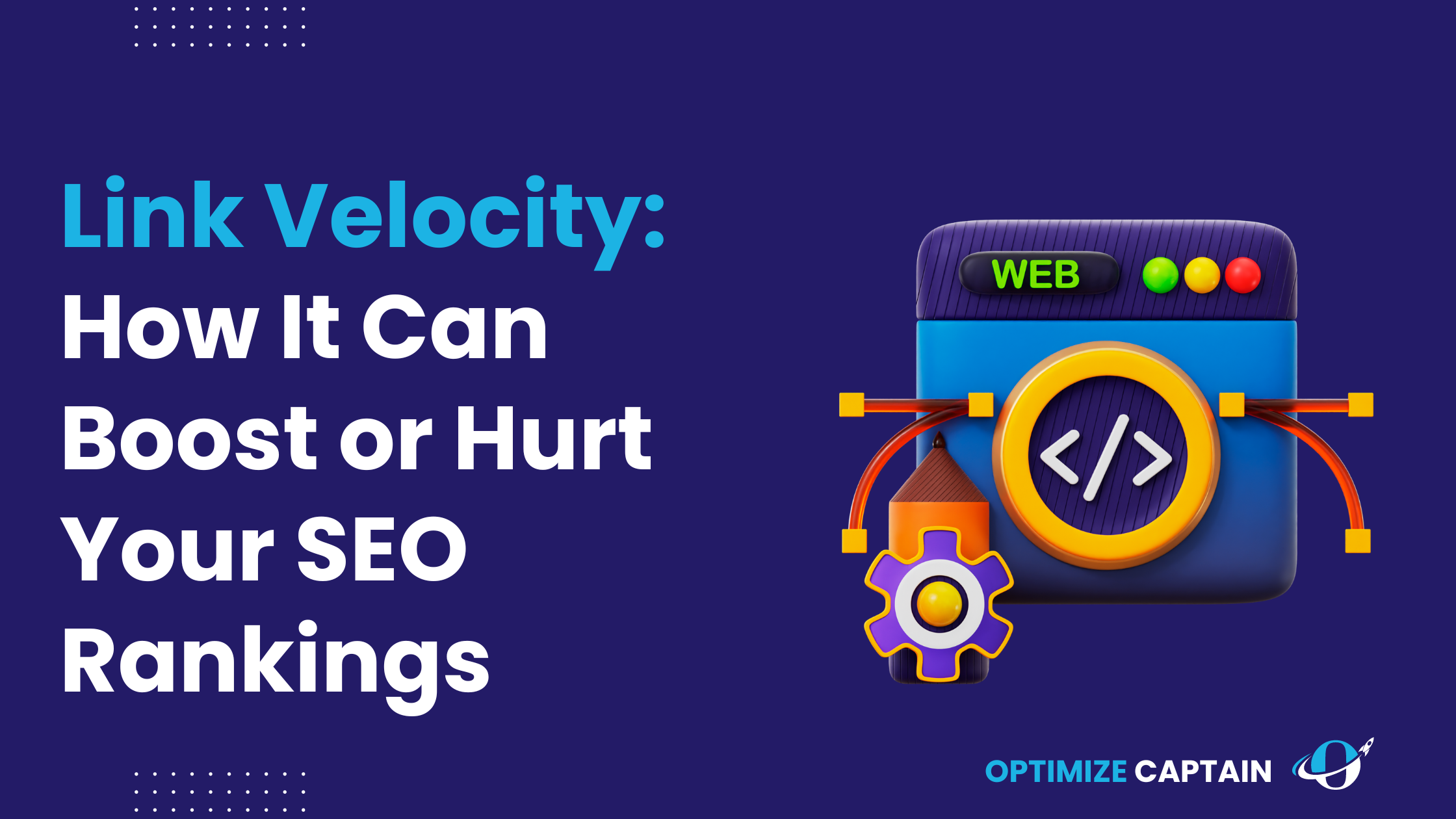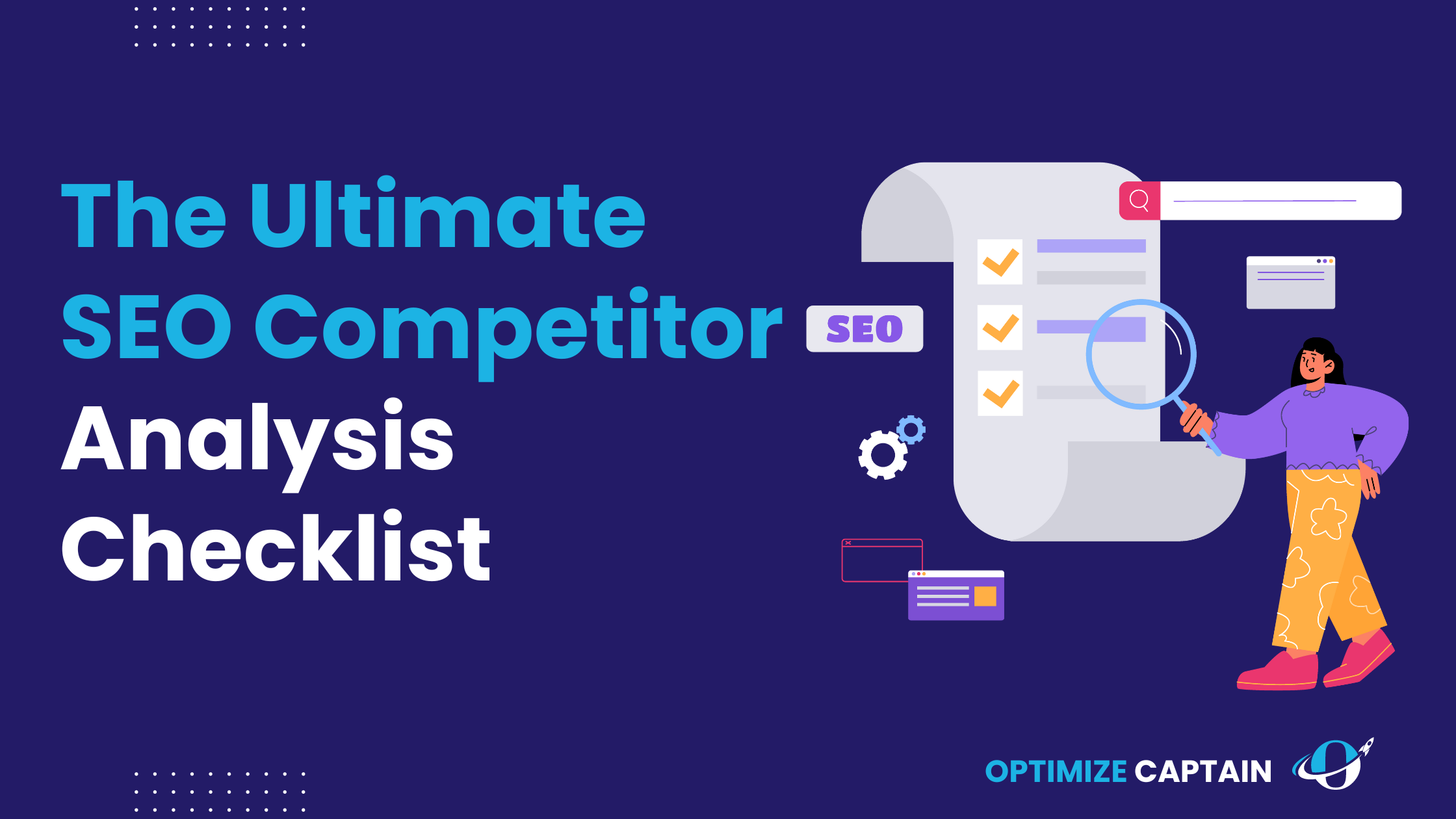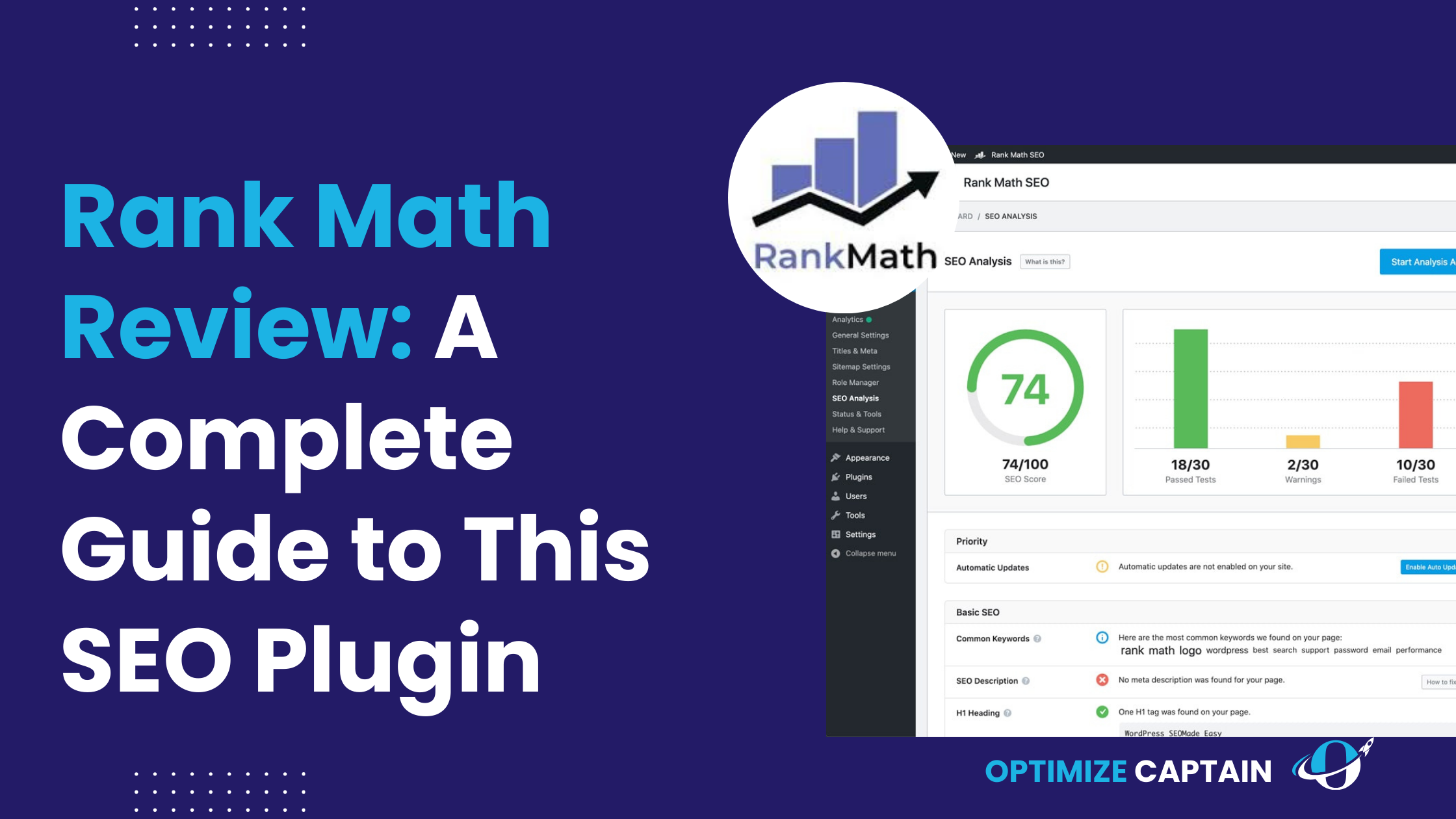Picture yourself planting seeds in a garden, hoping they’ll bloom into something truly impressive. That’s the core idea behind content seeding in content marketing strategy is to strategically place content across different platforms so it can grow, reach, and connect with the right audience. But, unlike actual gardening, it’s not as simple as watering and waiting for results. In today’s era, ensuring your content gets in front of the right eyes is critical.
This article explores the concept of content seeding, provides a guide on how to implement it effectively, and showcases why it’s more than just a passing marketing trend.
What is Content Seeding?
Content seeding is a strategic approach that systematically places your content on various platforms. This ensures it reaches a broad yet targeted audience, empowering you to ‘plant’ your content in the right spots—on social media, blogs, industry forums, and through influencer partnerships. This way, you can ensure your potential customers encounter your brand in places they already frequent, putting you in control of your brand’s visibility.
The power of content seeding lies in using the right platforms to ensure your content is seen by the right people at the right time. Unlike traditional advertising, which often interrupts users, content seeding creates natural engagement by placing your message in organic contexts. For example, a tech company might seed a comprehensive product review on relevant tech forums or collaborate with influencers to provide genuine product insights, helping to create a more authentic brand presence online.
Ultimately, content seeding aims to spread awareness, foster meaningful engagement, and build trust with potential customers by meeting them in the digital spaces where they spend their time. It’s a smart way for brands to increase their reach and cultivate relationships that matter.
What Does It Mean to Seed Content?
Seeding content involves distributing your content across various platforms to expand its reach and impact. This strategy can include sharing articles, videos, infographics, or other formats across social media, blogs, industry-specific forums, and websites.
But why is this technique so important? It’s all about creating multiple contact points with potential customers, allowing your brand to build trust, start conversations, and encourage deeper engagement. It’s like drawing a roadmap that guides your audience to the content they’re interested in—and, ultimately, your brand. This emphasis on trust-building should reassure you of the effectiveness of content seeding in your marketing strategy.
For instance, let’s say you’re a SaaS company targeting tech enthusiasts. You might post a detailed review of your software on popular tech forums or partner with industry influencers to discuss your product’s unique features. This targeted approach helps you connect with the right people, significantly boosting your visibility where it counts.
Why Content Seeding Matters in Modern Marketing
The reach of your content isn’t just about how well it’s written or produced—it’s also about how widely it’s shared and seen. This is where content seeding comes into play:
- Boosts Brand Visibility: By spreading content across the right channels, brands can reach a broader audience, creating multiple chances for potential customers to find them. Each time someone encounters your message in a different place, it strengthens their familiarity with your brand, helping to build trust over time.
- Increases Organic Reach: Unlike paid ads, which often feel intrusive, content seeding focuses on creating natural discovery paths. This leads to more authentic interactions, shares, and deeper engagement, which can be far more valuable than quick clicks from paid campaigns.
- A Cost-Savvy Approach: A thoughtful content seeding strategy can keep marketing costs in check. By working with influencers or connecting with existing online communities, businesses can extend their reach without the need for a huge advertising budget. This cost-effective nature of content seeding should make you feel prudent and resourceful in your marketing efforts.
How to Create a Content Seeding Strategy
An effective content seeding strategy requires careful planning and a strong understanding of your audience’s preferences and behaviours. Here’s a step-by-step guide to crafting a strategy that works:
Step 1: Identify Your Target Audience
The first step in any successful content seeding campaign is knowing who you want to reach. Dive deep into your data to understand your audience’s demographics, interests, and online behaviours. The better you know your audience, the easier it is to seed content in places where it will have the most impact.
Understanding your audience helps you create content that speaks directly to their needs and interests. For example, if your audience is mostly tech enthusiasts, posting on platforms like Reddit’s tech communities or collaborating with YouTube tech reviewers can be far more effective than a general social media blast.
Step 2: Choose the Right Platforms
Only some platforms are suitable for some types of content or audience. If you aim to reach Gen Z, platforms like TikTok and Instagram are likely your best options due to their strong visual focus and younger user base. In contrast, LinkedIn and niche industry forums might be more effective for targeting B2B audiences who value in-depth content and professional insights.
Choosing the right platform ensures that your efforts don’t go to waste. It allows you to focus on areas where your audience is active and engaged, increasing the likelihood of your content resonating with them.
Step 3: Collaborate with Social Media Influencers
Working with social media influencers can significantly amplify your content’s reach. Influencers have a built-in trust factor with their followers, making their endorsements or shares highly valuable. The key is to choose influencers whose values align with your brand and who have a genuine connection with their audience.
According to a study by Buzzsumo and OkDork, content shared by even a single influencer receives an average of 930 shares. When multiple influencers share the same content, the impact multiplies—up to 1,588 shares with four influencers and 2,191 shares when five influencers are involved. This shows just how powerful influencer partnerships can enhance your content’s visibility.
Such data highlights the potential of collaborating with influencers as part of a broader content seeding strategy. By engaging the right influencers, brands can extend their reach in a way that feels organic and trusted.
Step 4: Create Compelling Content Tailored for Each Platform
Each platform has its own unique style and audience preferences. For example, LinkedIn is more suited for detailed thought leadership articles, while Instagram thrives on visually appealing content like infographics or short videos. Crafting content that aligns with the platform’s style increases the chances of it being shared and engaged.
Taking the time to customize content for each platform is crucial for staying relevant. If your content fits seamlessly into the type of posts people already expect to see, they’re more likely to engage with it.
Step 5: Measure and Optimize
Every strategy is complete with measuring its effectiveness. Use metrics like reach, engagement rates, and click-through rates (CTR) to assess how well your content is performing. These insights will help you understand what’s working and needs tweaking, allowing you to refine your content seeding strategy over time.
Adjust your approach based on the data you gather. For instance, if certain types of content perform better on specific platforms, lean into those strengths for future seeding efforts.
What Is an Example of Content Seeding?
Now, look at real-world examples of successful content seeding campaigns. These examples highlight different approaches brands have taken to engage their audiences:
1. Unilever’s All Things Hair:
Unilever took a unique approach to connecting with its audience by creating All Things Hair, a dedicated platform for haircare tips and tutorials. Instead of focusing solely on product ads, they teamed up with popular beauty creators who shared genuine advice on managing common hair issues, from frizz control to finding the right shampoo.
This content marketing approach was subtle but powerful. By focusing on providing valuable content, Unilever managed to build a community of engaged followers who saw All Things Hair as a go-to resource. And because Unilever’s products were naturally integrated into these solutions, they positioned themselves as the preferred choice without feeling overly promotional. It’s a classic example of how offering value first can help you earn your audience’s trust and loyalty.
2. Spotify Wrapped:
Every year, Spotify creates a buzz with its Wrapped campaign, offering users a personalized summary of their listening habits. It’s not just about stats; it’s a chance for users to reflect on their musical journey and share their top songs, genres, and artists with friends on social media.
What makes this campaign a hit is its focus on the user experience. By turning their data into a fun, shareable story, Spotify taps into a sense of pride and nostalgia that encourages users to share their Wrapped results online. This, in turn, puts Spotify at the center of countless social media conversations. The key takeaway for marketers? When you create personal and relevant content, your audience will happily spread the word for you.
3. Dunkin’ Donuts x Charli D’Amelio:
Dunkin’ saw an opportunity to connect with younger consumers through TikTok star Charli D’Amelio. Known for her love of Dunkin’s cold brew, Charli became the face of a special drink, “The Charli.” The partnership felt genuine because it was based on Charli’s real preferences, not just a paid endorsement.
The campaign encouraged Charli’s fans to share their own experiences with Dunkin’ through a challenge hashtag, creating a wave of user-generated content. This strategy did more than just boost sales—it built a sense of community around the brand. It’s a great reminder that when partnerships are authentic, they resonate more deeply with audiences and invite them to become part of the conversation.
4. Microsoft x National Geographic:
Microsoft joined forces with National Geographic to highlight the stories of female scientists worldwide. The campaign used stunning imagery on Instagram to inspire young women to pursue careers in STEM. Rather than focusing on product promotions, the campaign shared a message of empowerment and inclusivity.
This partnership worked because it combined National Geographic’s storytelling power with Microsoft’s vision of diversity in tech. Microsoft reached a vast audience and sparked meaningful discussions by focusing on stories that people could connect with emotionally. It’s a great example of how aligning with a purpose-driven message can elevate your brand and make a lasting impact.
What Are the Benefits of Content Seeding?
When done right, content seeding offers several key benefits:
1. Expands Your Reach and Visibility
Strategically placing content across different platforms allows brands to tap into new audiences who might not have encountered them otherwise. It’s about casting a wider net and creating more opportunities for discovery.
2. Builds Trust and Credibility
When your content is shared by influencers or featured on trusted websites, it carries more weight. This third-party validation can turn potential customers into loyal followers by enhancing your brand’s credibility.
3. Engages Niche Audiences
Content seeding can help you reach niche communities that are difficult to engage through traditional advertising. This targeted approach often leads to better engagement rates and higher conversion, as the content resonates more deeply with the audience.
4. Encourages Organic Backlinks
One of the most significant advantages of content seeding is the potential to generate high-quality backlinks. When your content gets shared across different platforms and gains positive attention, other websites are likelier to link back to it, boosting your SEO.
Related Read : Essential Strategies for Securing High-Quality Backlinks for SaaS Companies
How Do You Use Content Seeding?
Here’s a practical guide to implementing content seeding:
| Action | Description | Benefit |
| Leverage Influencers Marketing | Work with influencers in your niche to share your content. | Expands reach through credible voices. |
| Guest Blogging | Write articles for industry-specific websites and include links to your content. | Drives organic traffic from engaged readers. |
| Use Community Forums | Share content in targeted groups on platforms like Reddit or specialized forums. | Engages with a highly focused audience. |
| Cross-Promote on Social Media | Share your content across different platforms, adapting it for each one. | Increases visibility and engagement rates. |
Types of Content Seeding Strategies
There are two main methods for content seeding: organic and paid.
Organic Content Seeding
This approach involves sharing content without any direct financial investment. While it may take time to gain traction, it leads to genuine engagement. Examples include sharing your blog posts on LinkedIn or using trending hashtags on Instagram to increase visibility.
Paid Content Seeding
Paid seeding involves sponsoring posts or collaborating with paid influencers to extend your content’s reach. While it requires a budget, it can help you achieve quick results. Just make sure the content remains authentic, as overly promotional posts can turn audiences away.
Common Challenges in Content Seeding and How to Overcome Them
Like any strategy, content seeding comes with its own set of challenges:
- Challenge 1: Low Engagement
It’s normal to see limited engagement at the start. Focus on improving the quality and relevance of your content to better align with your audience’s interests.
- Challenge 2: Targeting the Wrong Audience
If your content isn’t reaching the right people, revisit your audience research. Tools like Google Analytics can provide valuable insights into who is engaging with your content.
- Challenge 3: Content Fatigue
Repeatedly sharing the same type of content can lead to audience fatigue. To keep things interesting, experiment with new content formats, such as videos, podcasts, or interactive infographics.
Future Trends in Content Seeding
Here’s what the future holds for content seeding:
- Micro-Influencers Are Gaining Ground: Today’s audiences are looking for authenticity. Micro-influencers with smaller but highly engaged followings are becoming a preferred choice for content seeding.
- AI-Driven Content Distribution: AI tools can help brands pinpoint the best times and platforms to share their content, making distribution more efficient.
- Niche Platforms Are Growing: Communities like Discord or other specialized platforms are emerging as new hubs for content seeding, offering opportunities to connect with particular audiences.
Is Content Seeding Right for Your Brand?
Content seeding might not be for everyone, but it can transform how your brand connects with new audiences when executed well. By strategically placing your content where your audience spends time, collaborating with trusted partners, and focusing on delivering genuine value, you can create a ripple effect that boosts your brand’s visibility and engagement. Whether a startup or an established player, a thoughtful content seeding strategy can strengthen your connection with your audience. Ready to see your content reach new heights? Start with small, strategic steps, monitor your progress, and watch your brand’s presence grow.
Content Seeding FAQ’s
1. How do you measure the success of content seeding?
Success is measured through engagement rates, click-through rates (CTR), and reach. Engagement rates reflect likes, comments, and shares, while CTR shows how many take action. Reach measures how many people see your content.
2. Can small businesses benefit from content seeding?
Yes, content seeding is budget-friendly for small businesses. It allows them to focus on micro-influencers and niche communities, ensuring their content reaches those most likely to engage without a big ad spend.
3. What is the difference between content seeding and content syndication?
Content seeding places content in specific spaces to reach the right audience, like influencers or groups. Content syndication republishes content on multiple sites to boost visibility. Use seeding for targeted reach, syndication for broader visibility.
4. How long does it take to see results from content seeding?
It can take a few weeks to a few months. Initial results may be slow, but as content gains traction through shares and engagement, reach expands over time.
5. What are the best platforms for content seeding in 2024?
Top platforms in 2024 include Instagram, TikTok, and YouTube for visual content, LinkedIn for B2B, and Reddit or Discord for niche communities.




